Field study environments (within 1 hour of centres):
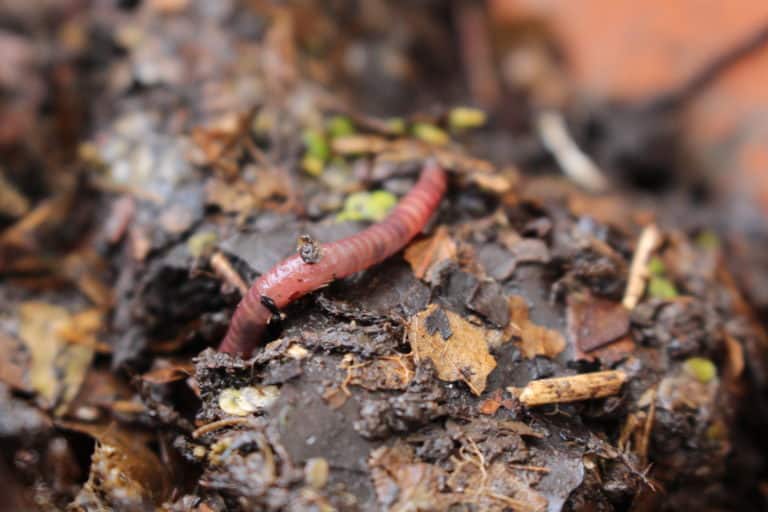
Castle Head, Cumbria
- An attractive location for organizations such as the British Trust for Ornithology and the British Earthworm Society.
- Good mosquito colony.
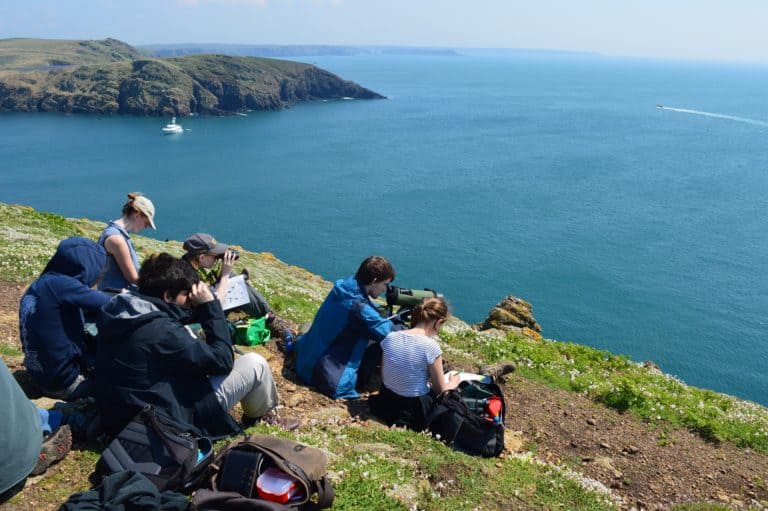
Dale Fort, Pembrokeshire
- Easy access to Pembrokeshire Coastal Islands Skomer and Ramsey.
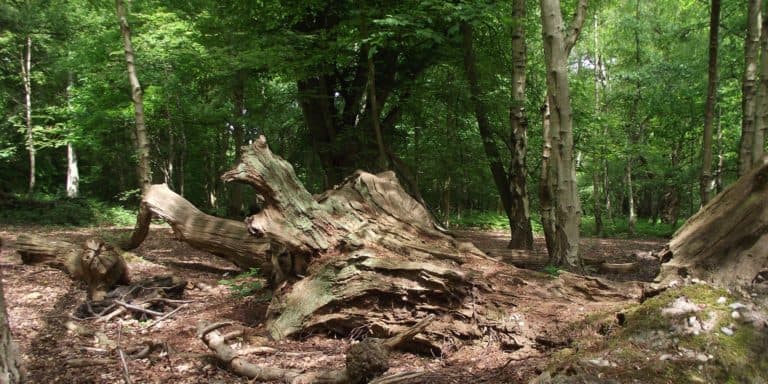
Epping Forest, Essex (Day Centre)
- 10 species of bat, 9 species of native reptiles and amphibians.
- Hundreds of species that live on ancient trees.
- Freshwater.
- Potential for moth trapping locally, or at other Epping Forest sites.
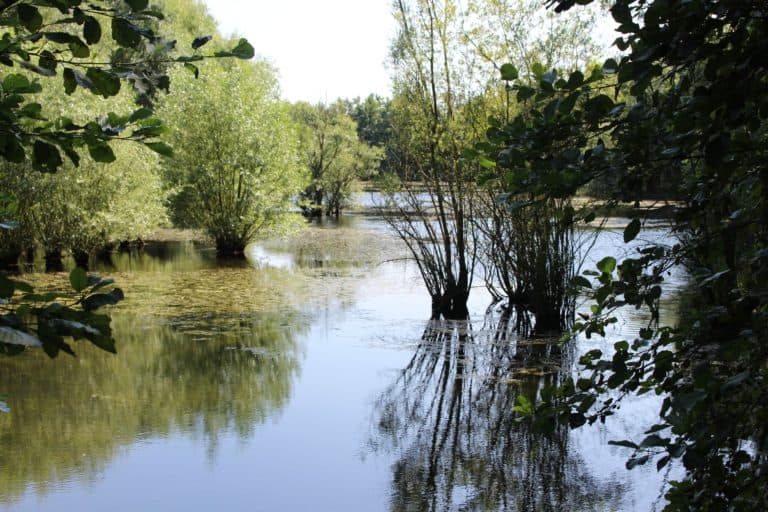
Flatford Mill, Suffolk
- MIST nets on site which are monitored by an offsite volunteer.
- Minsmere RSPB site.

Juniper Hall, Surrey
- Butterflies
- Freshwater invertebrates
- Terrestrial invertebrates
- Small mammals
- Moths
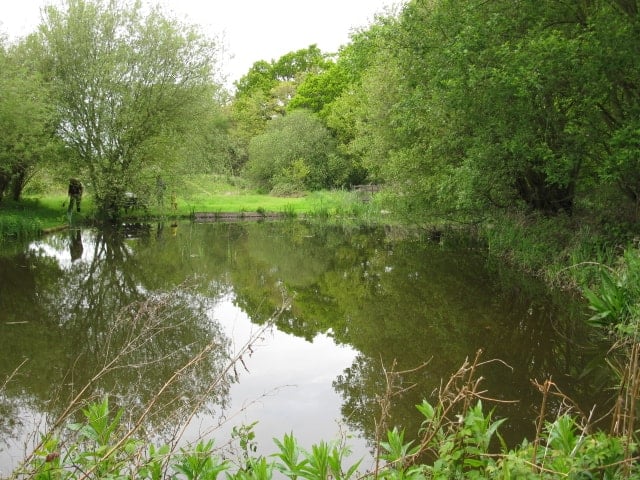
London: Beckenham Place Park (Day centre)
- Freshwater
- Invertebrates
London: Bushby Park (Day centre)
- Deer (only with TRP permission)
- Invertebrates – 123 nationally scarce or threatened
- Freshwater
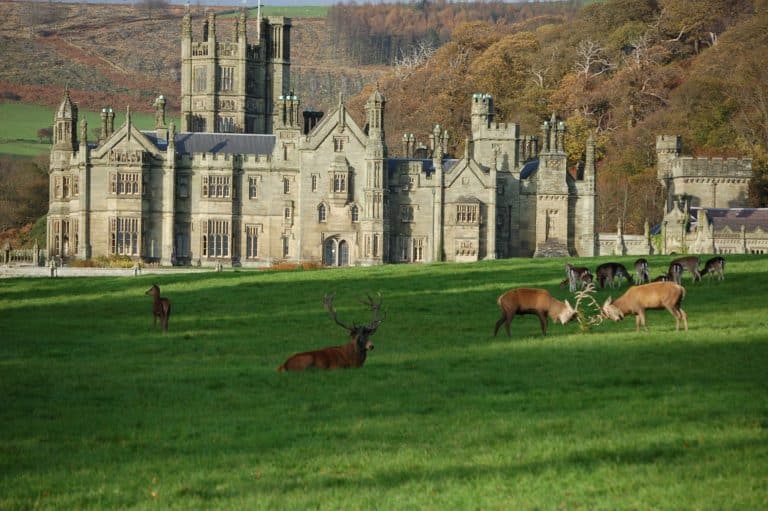
Margam Discovery Centre, Port Talbot
- Two species of deer, Fallow and Red in Margam Park. A herd of Pere David also live in the park
- There are a large variety of bats, small mammals, adders and invertebrates, both terrestrial and freshwater
- Many different bird species
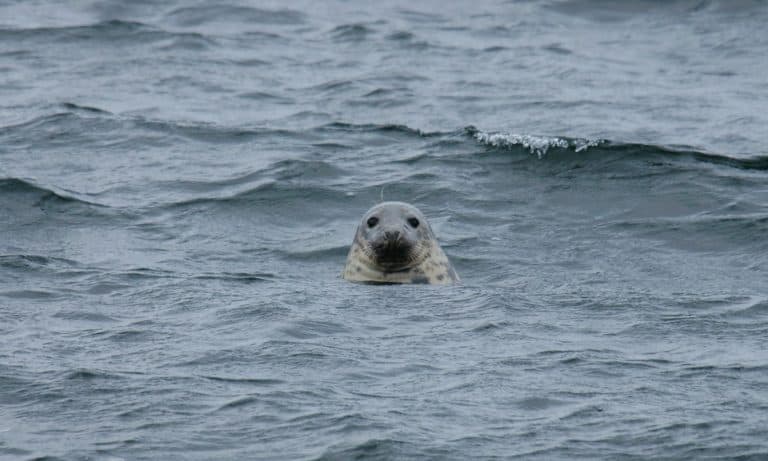
Millport, Isle of Cumbrae
- Invertebrates, bats, small mammals
- Resident mixed species seal colony
- Coastal and shrub species birds and raptors with multiple nearby RSPB locations (Lochwinnoch and Ailsa Craig)
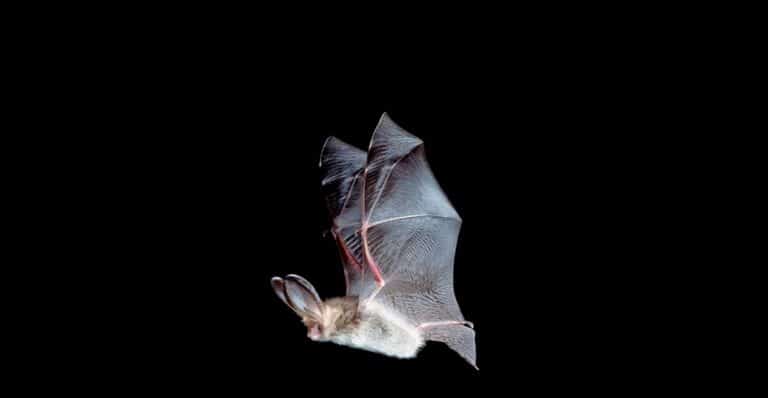
Nettlecombe Court, Somerset
- Invertebrates, bats, small mammals.
- Bat courses run by the Bat Conservation Trust.
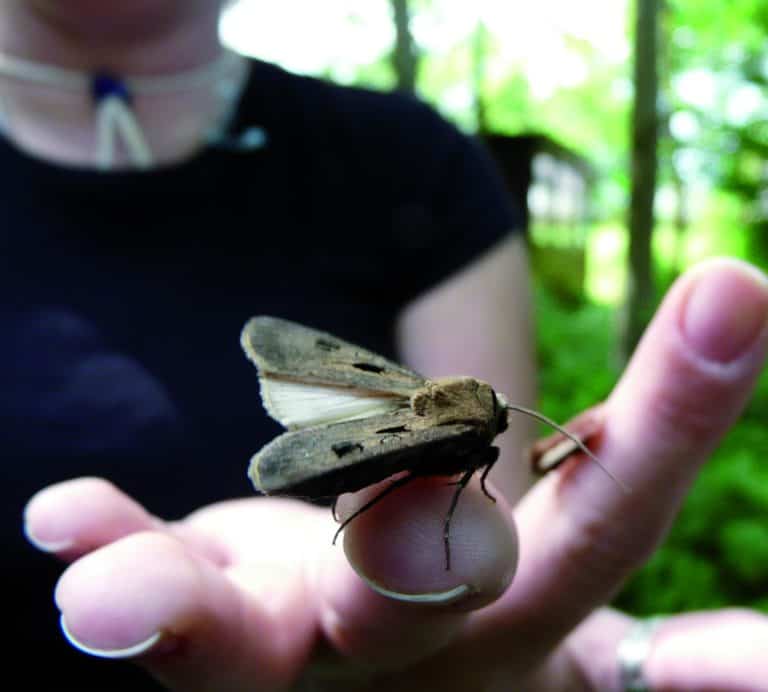
Orielton, Pembrokeshire
- On site bat roost for Lesser and Greater Horseshoe Bats.
- Small mammals, birds and terrestrial and freshwater invertebrates.
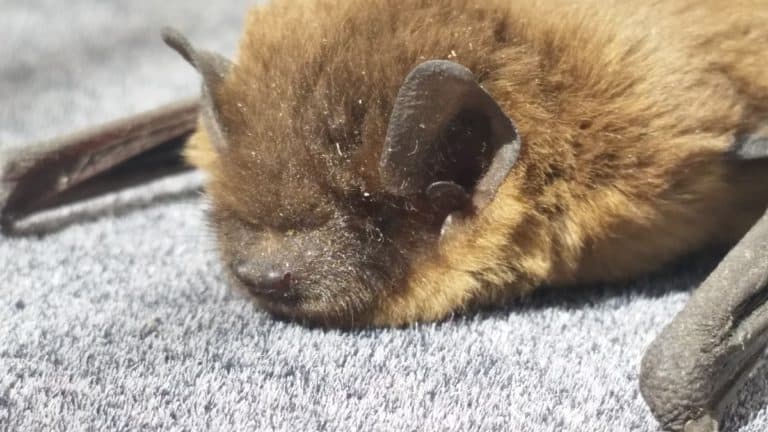
Preston Montford, Shropshire
Bat colony in HO building with over 400 Pipistrelle and Soprano Pipistrelle bats.
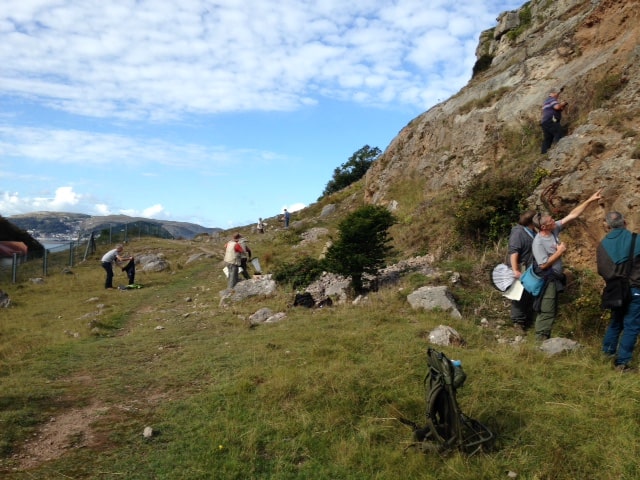
Rhyd-y-creuau, Snowdonia
- Invertebrates, freshwater, small mammals, moths.
- The excellent water quality, ease of access and variety of micro habitats makes this site a perfect setting for a freshwater ecology investigation.
- The 55km Afon Conwy is fed by a drainage basin which covers approximately 590km2 of Eastern Snowdonia, including several of the region’s tallest mountains such as Moel Siabod.
- The river provides a habitat for a diverse range of invertebrates throughout all seasons set within the tranquil Conwy valley.
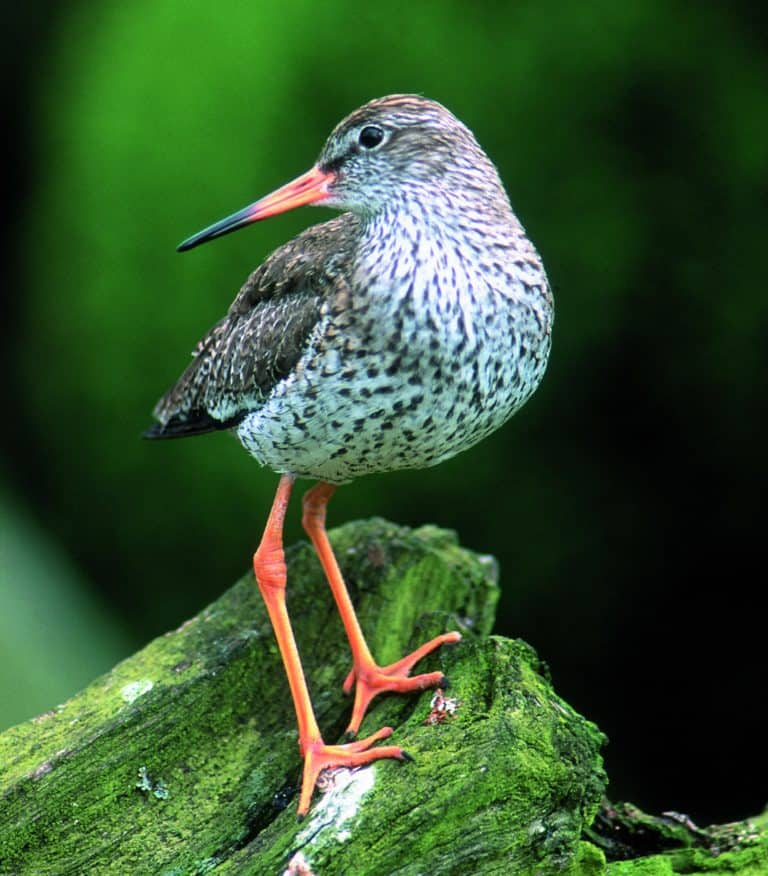
Slapton Ley, Devon
- Freshwater.
- Woodland ecology in Slapton’s Ancient Wood.
- Rocky shore ecology at Gorah Rocks. Shingle ridge succession on Slapton Sands.
- Exploration of Dartmoor.
- A variety of habitats and species on the NNR including small mammals, reptiles, invertebrates and birds.
